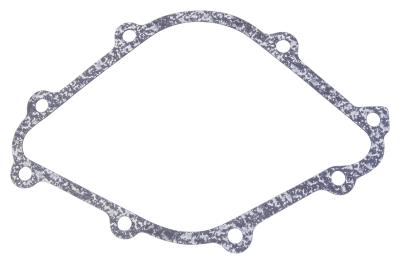
A leak in your car's head gasket signals a serious mechanical issue that needs immediate repair. The head gasket provides the mating material between the engine case halves that when open expose the engine's piston chambers. This area is under high pressure when the engine runs, providing the combustion needed to move the car. A leak in the head gasket allows this pressure to leak, creating engine-performance problems that worsen. Several products exist to repair the issue, but the first repair involves opening the engine case and resealing it properly again.
Block seal head-gasket repair chemicals are introduced through the coolant system. These chemicals circulate through the engine while it's running and clog areas where the head gasket may be leaking or blown. While not involving opening the engine case, this product can be hit-and-miss in application since it must circulate to the problem area. It cannot be used while antifreeze is still in the coolant tube. The antifreeze must be drained first.
A new head gasket must be installed if the engine is opened. The old gasket may not be recycled or cleaned up to be used again. The old gasket is already compressed by the original assembly and won't work again. Many times it is also damaged on removal. The multiple-layers steel gasket is the typical gasket replacement used in modern cars for gasket replacements. The solid copper head gasket provides a solid seal but requires machining by a mechanic to fit properly. The extra work adds to repair costs.
The composite head gaskets are constructed from granite or asbestos. Due to the materials these gaskets are not favored anymore due to poor performance and also the health risk of asbestos in general.
Elastomeric head gaskets incorporate a steel center wrapped by silicone rubber. This provides a center integrity with a squishable edge for sealing. Unfortunately, the design failed on a performance level too often so their use has fallen out of favor.
Gasket sealant provides a silicone-based gum seal between the gasket and the metal engine parts closed up. This product primarily is used on older engines as more modern engine cases are fine-tuned to fit tightly when closed up with a new gasket.